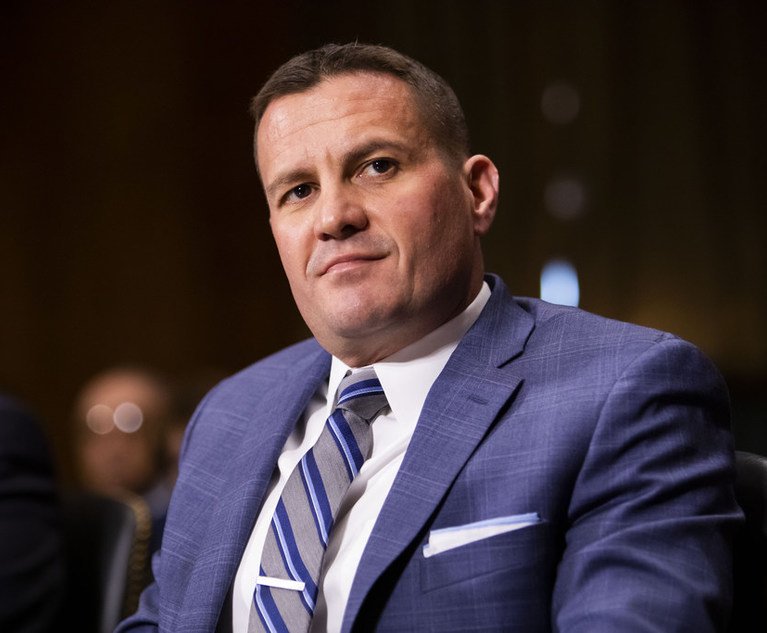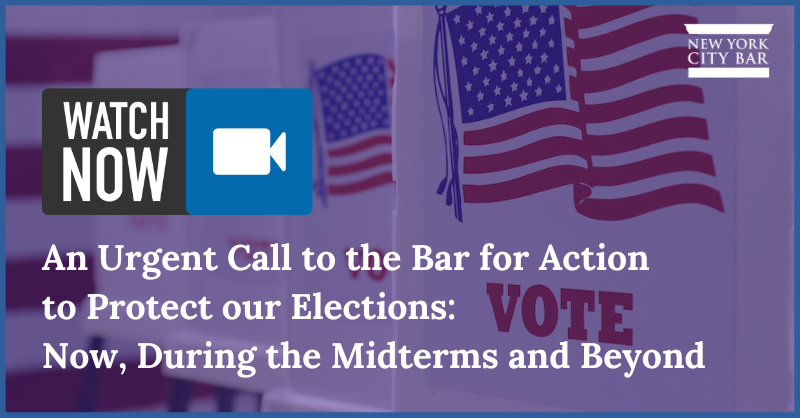

Stop the Steal 2.0: How to Protect Our Elections
The 2020 election exposed vulnerabilities in our electoral system, sparking passionate debates and calls for reform. While the “Stop the Steal” movement itself remains controversial, the underlying concerns about election integrity are undeniable. This article reframes the conversation, focusing not on contesting past results, but on proactively securing future elections – a “Stop the Steal 2.0” focused on prevention, not post-election dispute.
Beyond the Rhetoric: A Multi-Faceted Approach
Protecting our elections isn’t a single solution; it’s a multifaceted strategy requiring collaboration from citizens, policymakers, and election officials. This isn’t about partisan politics; it’s about safeguarding the bedrock of our democracy. We must move beyond the heated rhetoric and adopt a pragmatic, proactive approach.
1. Enhancing Voter Registration & Access
Ironically, many election integrity concerns stem from outdated or inefficient voter registration systems. Streamlining registration, expanding online options, and ensuring accessibility for all citizens, regardless of socioeconomic status or location, is crucial. This includes addressing voter ID laws in a way that doesn’t disenfranchise eligible voters.
| Challenge | Solution |
|---|---|
| Long lines and wait times | Expanded polling locations & early voting |
| Inaccessible registration processes | Online registration & automatic voter registration |
| Voter ID hurdles | Streamlined ID acquisition & alternative forms of verification |
2. Strengthening Cybersecurity Infrastructure
Our election systems are increasingly reliant on technology, making cybersecurity paramount. This involves investing in robust, regularly updated systems, employing rigorous security protocols, and fostering collaboration between election officials and cybersecurity experts. Regular penetration testing and vulnerability assessments are non-negotiable.
| Vulnerability | Mitigation |
|---|---|
| Malware attacks | Advanced threat detection & regular software updates |
| Data breaches | Strong encryption & multi-factor authentication |
| Human error | Comprehensive training & rigorous auditing procedures |
3. Promoting Transparency and Accountability
Public trust in the electoral process is vital. This means promoting transparency at every stage, from voter registration to ballot counting. Independent audits, publicly accessible data, and clear, easily understandable election results reporting are crucial. This also includes robust mechanisms for investigating and addressing allegations of irregularities.
4. Empowering Citizen Participation
The best defense against election fraud is an engaged and informed citizenry. Promoting civic education, encouraging poll worker participation, and fostering a culture of election observation can dramatically enhance the integrity of the process. Citizen-led initiatives to monitor elections and report irregularities play a crucial role.
5. Fostering Bipartisan Collaboration
Election security shouldn’t be a partisan issue. Finding common ground and fostering bipartisan collaboration is essential for effective reform. This includes engaging both Democrats and Republicans in the development and implementation of election security measures, promoting transparency and trust in the process.
Stop the Steal 2.0: A Call to Action
“Stop the Steal 2.0” isn’t about relitigating the past; it’s about building a more secure future. By implementing these strategies, we can transform concerns about election integrity into a proactive movement to safeguard our democracy for generations to come. It’s time to move beyond the rhetoric and work together to protect the foundation of our republic – the right to vote and the integrity of the electoral process.

Additional Information
Stop the Steal 2.0: A Deeper Dive into Election Integrity Concerns and Their Implications
The phrase “Stop the Steal 2.0” evokes strong reactions, primarily due to its association with the unsubstantiated claims of widespread fraud in the 2020 US Presidential election. While the phrase itself lacks precise definition, it broadly represents a continued effort by certain groups to cast doubt on election integrity and promote changes in election procedures. Analyzing this phenomenon requires a nuanced approach, separating legitimate concerns about election security from unsubstantiated claims and potentially harmful actions.
Understanding the Concerns:
The anxieties fueling the “Stop the Steal 2.0” narrative are multifaceted. They often center around several key areas:
-
Voter Access and Participation: Concerns exist regarding voter ID laws, access to polling places, and the potential disenfranchisement of specific demographics (e.g., elderly, minority groups, those with limited mobility). While voter ID laws aim to prevent fraud, critics argue they disproportionately affect marginalized communities who may lack the required identification. Analysis of voter turnout data across different states and demographic groups can provide insights into the actual impact of such laws. For instance, studies have shown a correlation between stricter voter ID laws and reduced turnout among certain demographics.
-
Election Equipment and Cybersecurity: Questions remain regarding the security of voting machines, the potential for hacking or manipulation, and the accuracy of vote counting systems. The use of outdated or poorly secured equipment, as well as insufficient cybersecurity measures, poses real risks. For example, the 2020 election saw several instances of attempted hacking and disinformation campaigns aimed at undermining confidence in the process. A detailed analysis of these incidents, including the effectiveness of security protocols and the response time of authorities, is crucial.
-
Transparency and Auditability: The lack of transparency in some election processes fuels distrust. Concerns include the accessibility of audit trails, the verification of vote counts, and the overall process of post-election reviews. Cases where irregularities or discrepancies were detected during audits highlight the need for enhanced transparency and clear procedures for addressing such situations. However, it’s crucial to differentiate between genuine irregularities requiring investigation and isolated incidents that are blown out of proportion to create a narrative of systemic fraud.
-
Foreign Interference: The persistent threat of foreign interference in elections remains a significant concern. The US intelligence community has consistently warned about such interference, including through disinformation campaigns, hacking attempts, and attempts to influence public opinion. Detailed analysis of past interference attempts, coupled with ongoing threat assessments, is essential for proactive mitigation strategies.
Separating Fact from Fiction:
The critical challenge lies in distinguishing between legitimate concerns and unsubstantiated claims. Numerous courts and election officials have thoroughly investigated the 2020 election and found no evidence of widespread fraud that would have changed the outcome. While isolated instances of voter irregularities occur, they are typically insufficient to impact election results. Promoting baseless claims of widespread fraud undermines public trust in democratic institutions and can lead to violence and social unrest.
Moving Forward:
Instead of focusing on unsubstantiated claims, efforts should concentrate on concrete measures to enhance election security and transparency. This includes:
- Investing in modern, secure voting equipment: Upgrading voting machines and implementing robust cybersecurity measures are essential.
- Improving voter access and registration processes: Simplifying voter registration and expanding access to polling places can increase participation.
- Strengthening post-election audits and transparency: Clear and accessible audit trails are crucial to build public confidence.
- Combating disinformation and foreign interference: Robust measures are needed to identify and counter disinformation campaigns and foreign attempts to influence elections.
In conclusion, “Stop the Steal 2.0” represents a complex issue requiring careful analysis. While legitimate concerns regarding election security exist, they should be addressed through evidence-based solutions and not fueled by unsubstantiated claims that erode public trust and undermine democratic institutions. A balanced approach that incorporates both security enhancements and transparent processes is crucial to fostering public confidence in the integrity of future elections.







